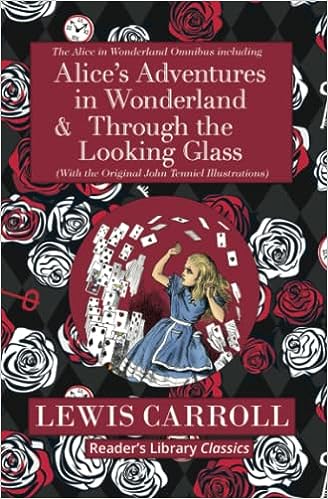‘Alice in Wonderland’ has always held a special place in my heart. This timeless tale of a young girl’s adventures in a whimsical world has been translated into an astonishing 170 languages. Each translation provides a unique lens through which we can experience Alice’s encounters with iconic characters like the Mad Hatter, the Cheshire Cat, and the Queen of Hearts. We now have a brand new version in Swahili.
Being an ardent language lover, I’ve always been curious about reading ‘Alice’ in various languages. This practice offers a deep dive into the nuances of how translators adapt Carroll’s intricate language and humour to resonate with different cultures. With every translation, I uncover new idiomatic expressions, wordplay, and linguistic structures, noticing the striking similarities and contrasts between languages.
Alice in Swahili
My recent linguistic passion is Swahili, a rich Bantu language with roots in several East African nations. Given its history of blending indigenous nuances with foreign influences, Swahili presents a tapestry of linguistic intricacies. While translations have significantly shaped Swahili literature, finding ‘Alice in Wonderland’ translated into Swahili was a delightful surprise.
The edition that piqued my interest is titled “Alisi Ndani ya Nchi ya Ajabu: Alice’s Adventures in Wonderland in Swahili.” Published in the Reader’s Library Classics range by Toppsta, a commendable initiative focused on minority languages and dialects, this version is the handiwork of Ida Hadjivayanis, a distinguished lecturer in Swahili at SOAS University of London. Her translation marks a departure from Edward St. Lo Malet’s 1940 rendition, “Elisi Katika Nchi ya Ajabu”, which modified the protagonist to resonate with an African audience.
Faithful Narrative
Hadjivayanis’s work is notably more adherent to the original narrative. What struck me was her brilliant execution in retaining Carroll’s ingenious wordplay, adapting it seamlessly to Swahili’s cultural milieu. The playful nuances, from homophonic puns to character names, showcase her meticulous attention to detail and cultural sensitivity. For instance:
- The Mad Hatter becomes ‘Mwenda Wazimu wa Kofia’ – roughly translating to ‘The Crazy One of Hats’.
- The iconic line “Curiouser and curiouser!” is charmingly adapted to “Ajabu kwa ajabu!” or ‘Wonder upon wonder!’
Reading Hadjivayanis’s rendition was both a nostalgic trip down memory lane and a refreshing linguistic exploration. It enriched my understanding of Swahili and showcased the universality of ‘Alice in Wonderland’ across cultures. For those who share my love for Alice’s tales and harbor an appreciation for Swahili, this translation is a must-read.
Feel free to share your thoughts or questions in the comments. Happy language journeying!


[…] Read novels, news, magazines, poetry, song lyrics, and more. Variety will expose you to different writing styles and vocabulary. Search for compelling, engaging resources that you enjoy, or are familiar with; for instance, I’m loving my return to childhood favourite Alice in Wonderland! […]